News
2023.12.11
Columns
5 Traditional Komon Patterns Popularly Used on Tableware and Meaning Behind Each
Table of Contents
1. What is a Komon Pattern?
2. 5 Common Komon Patterns Used on Tableware
_2-1. Asanoha (Hemp Leaf)
_2-2. Karakusa (Arabesque)
_2-3. Kikko (Turtle Shell)
_2-4. Seigaiha (Ocean Waves)
_2-5. Sippo (Seven Treasures)
3. Conclusion
What is a Komon Pattern?
When you look closely at tableware, you may see a geometric design being used. This is called a komon pattern, a traditional Japanese pattern. The komon pattern was originally used as a kimono pattern around the Edo period (1603-1867), and is characterized by a series of fine patterns. Kimonos with this fine pattern themselves are sometimes called “komon”. The motifs are often based on plants, trees, the sea, and other objects found in nature, and according to one theory, there are more than a thousand different types of patterns. Many komon patterns also have auspicious meanings and origins, and are sometimes referred to as “kisho patterns”. In this issue, we will introduce 5 komon patterns that are often used as tableware designs.
5 Komon Patterns Often Used in Tableware
Asanoha (Hemp Leaf)
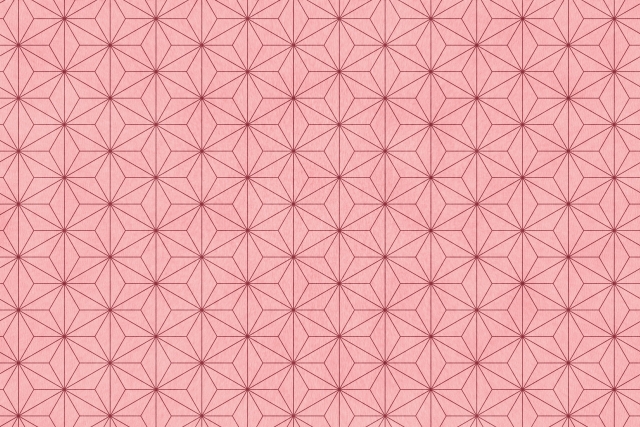
As the name suggests, Asanoha pattern is based on the leaves of the hemp plant. It is popular as a tableware design because of its geometric pattern of overlapping hexagons, but many people may have a strong impression of it as a kimono pattern worn by the characters in a popular Japanese anime. The hemp plant grows 4 meters in 4 months and is very strong, so it has been used as a symbol of “health” and “growth” in clothing for children. It is also known as a symbol of “warding off evil spirits” due to the history of hemp’s use in Shinto rituals since ancient times.
Karakusa (Arabesque)

Karakusa is a pattern depicting the vigorous growth of the ivy plant, which is believed to have come to Japan from China via the Silk Road. Because of the vitality of the ivy and its strong growth, it has long been used as a symbol of “family prosperity” and “longevity”. This karakusa pattern was especially popular as a furoshiki (wrapping cloth) pattern, and it was said that there used to be one in every household. When used as tableware, it is often arranged with leaves and flowers as well as a simple ivy pattern.
Kikko (Turtle Shell)
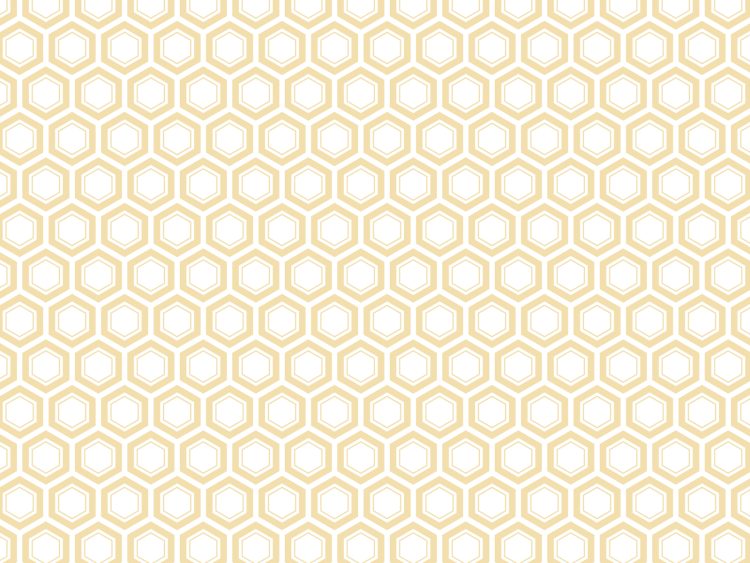
Kikko means the shell of a tortoise, and the tortoise shell pattern consists of a series of regular hexagons that look like a tortoise’s shell. In some cases, the design consists of only simple regular hexagons, while in other cases, the hexagons are arranged with smaller hexagons and flowers, etc., allowing the wearer to enjoy the different impressions of each hexagon. Since the turtle is a very long-lived creature, it is also known as a symbol of “longevity,” and since it is a sacred pattern used in Shinto rituals, it is also famous for being used as a family crest.
Seigaiha (Ocean Waves)
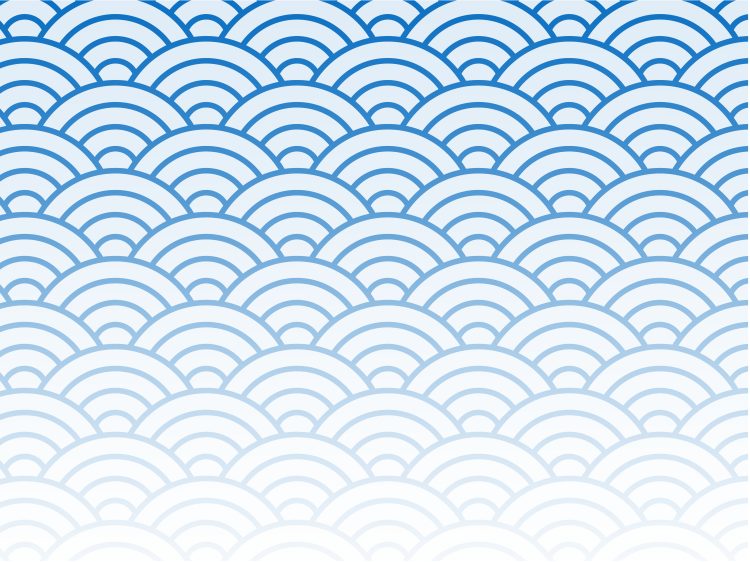
Seigaiha represent ocean waves, a pattern also found in Egyptian, Persian, and other civilizations. In Japan, the term “Seigaiha” has been used since the Heian period (794-1185), but it became popular in the Edo period (1603-1868) when it was used as a pattern for kimonos and other items. The design of overlapping fan-like shapes represents the expanse of the sea with gentle waves, and the pattern is meant to convey the meaning of “long-lasting peace and tranquility”.
Sippo (Seven Treasures)
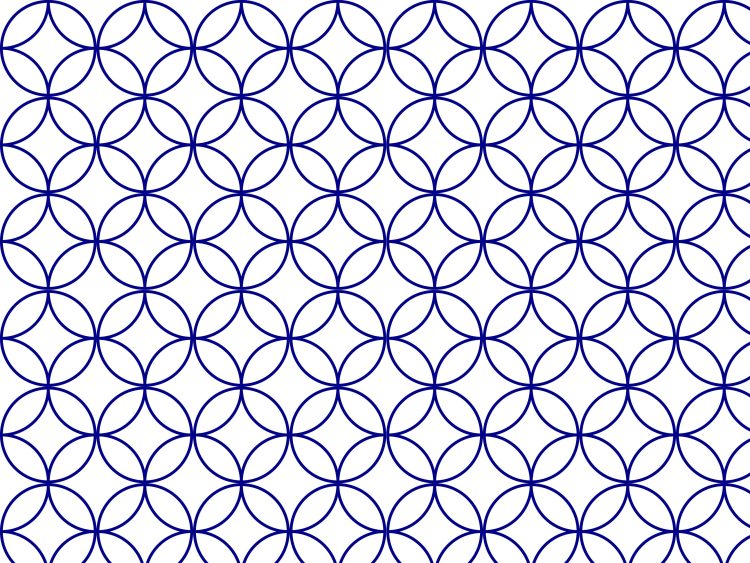
Sippo is a Buddhist word meaning seven treasures such as gold and silver, and was used to express abundance and nobility. The sippo pattern is said to have been called “shiho” (meaning “four directions”) because of its four interconnected circles, which became “shippo” (meaning “seven treasures”) in an accent. Shippo is a pattern used to wish for “harmony” and “prosperity,” as the circular shape continues forever.
Conclusion
Traditional Japanese komon patterns are beautiful and attractive to the eye, but knowing the meaning and wishes behind each one may help you select tableware from a slightly different perspective or theme.
Imoto Sangyo handles a wide variety of tableware. If you are interested in our tableware, please check out our “Cases” page. If you would like to confirm the details of our products, please contact us from Contact page.
Category
Archive
